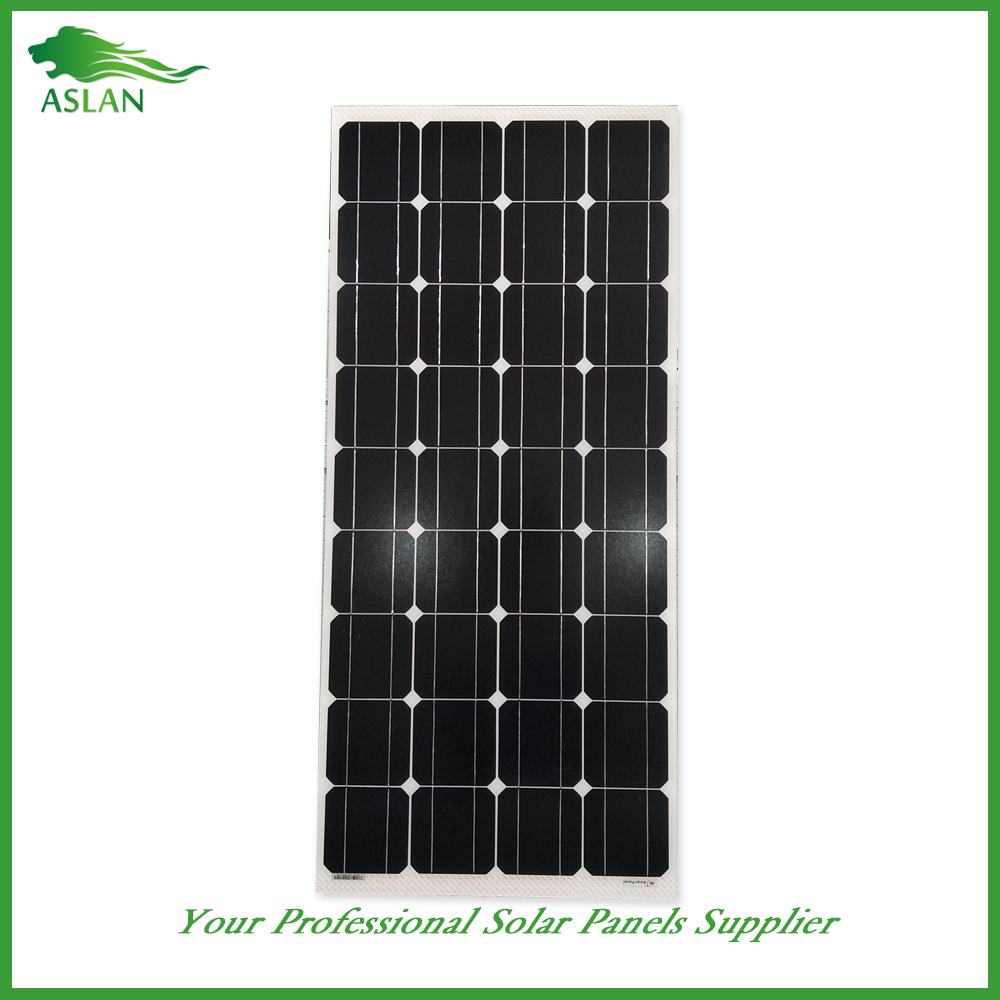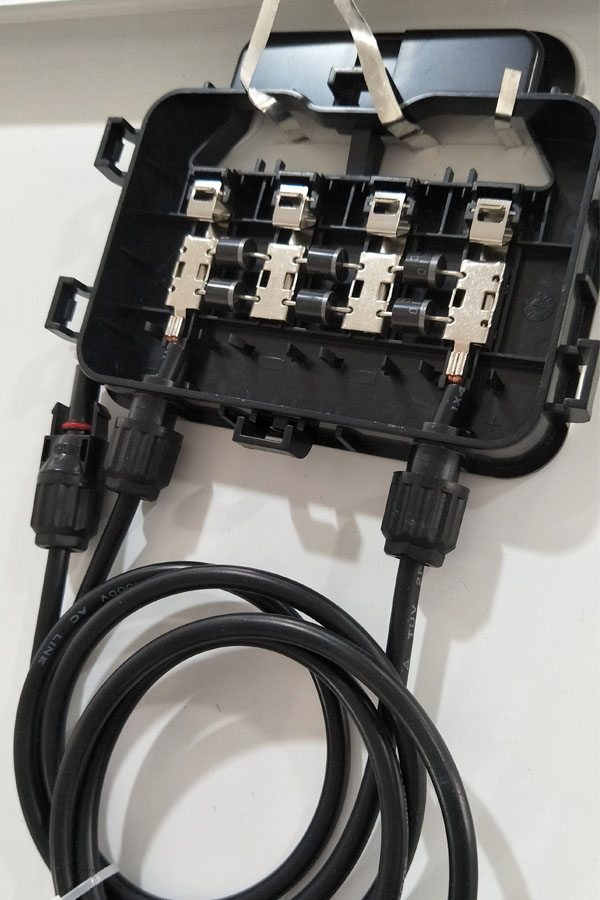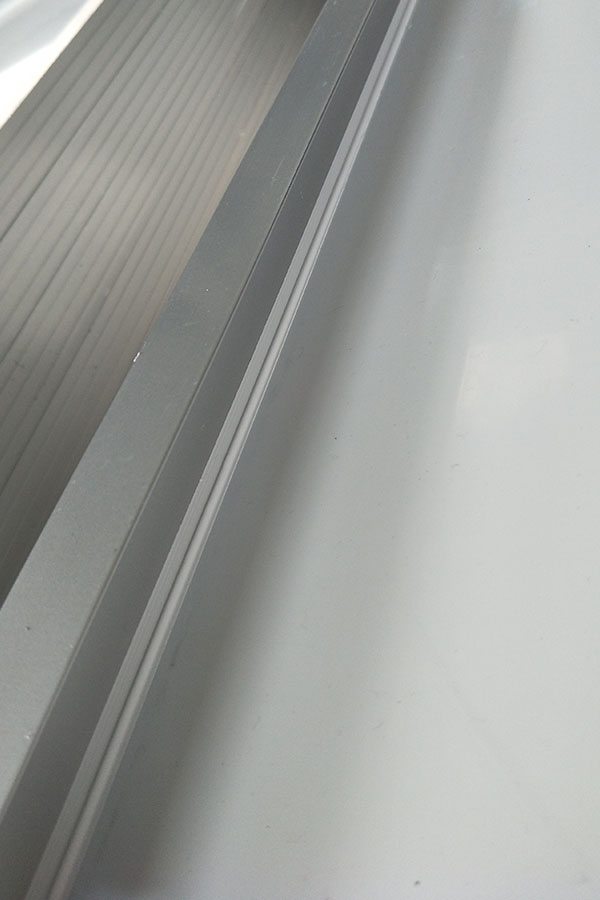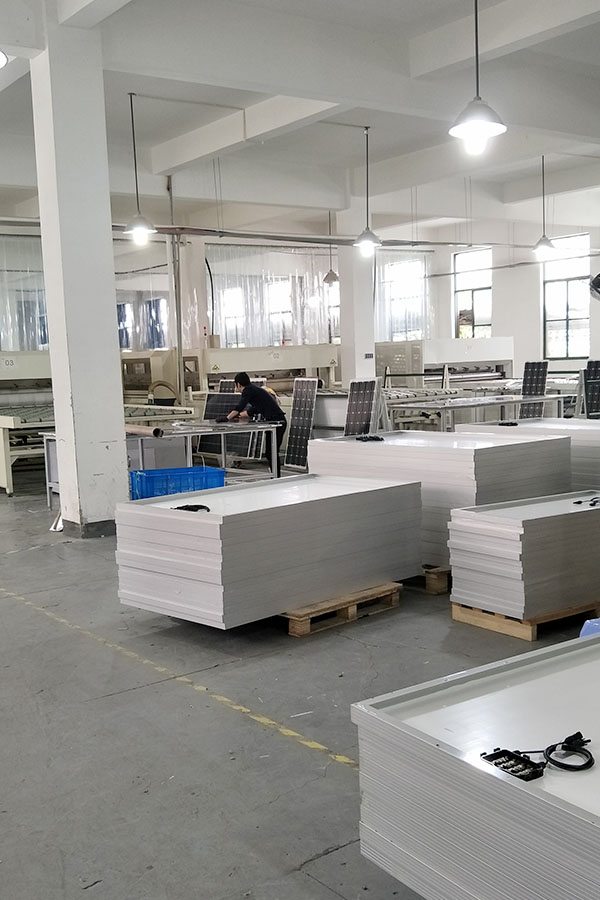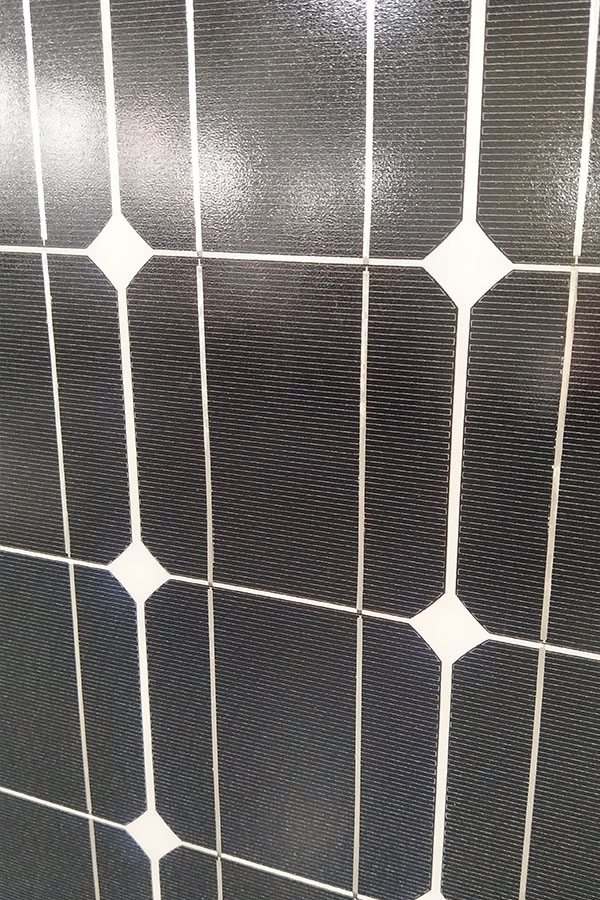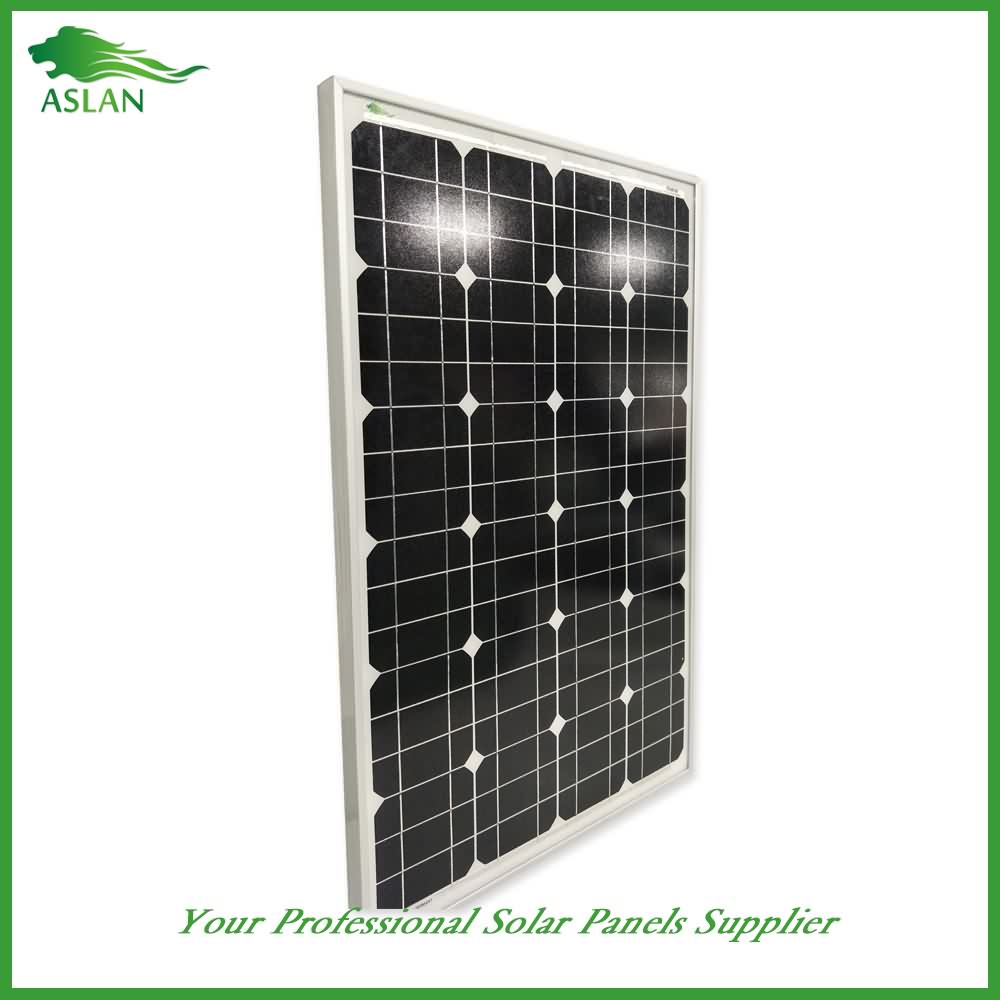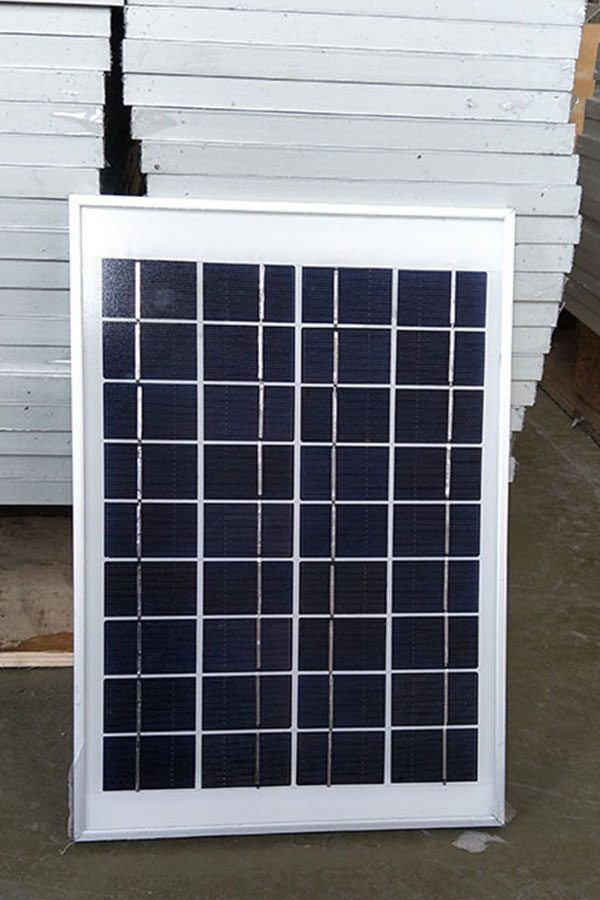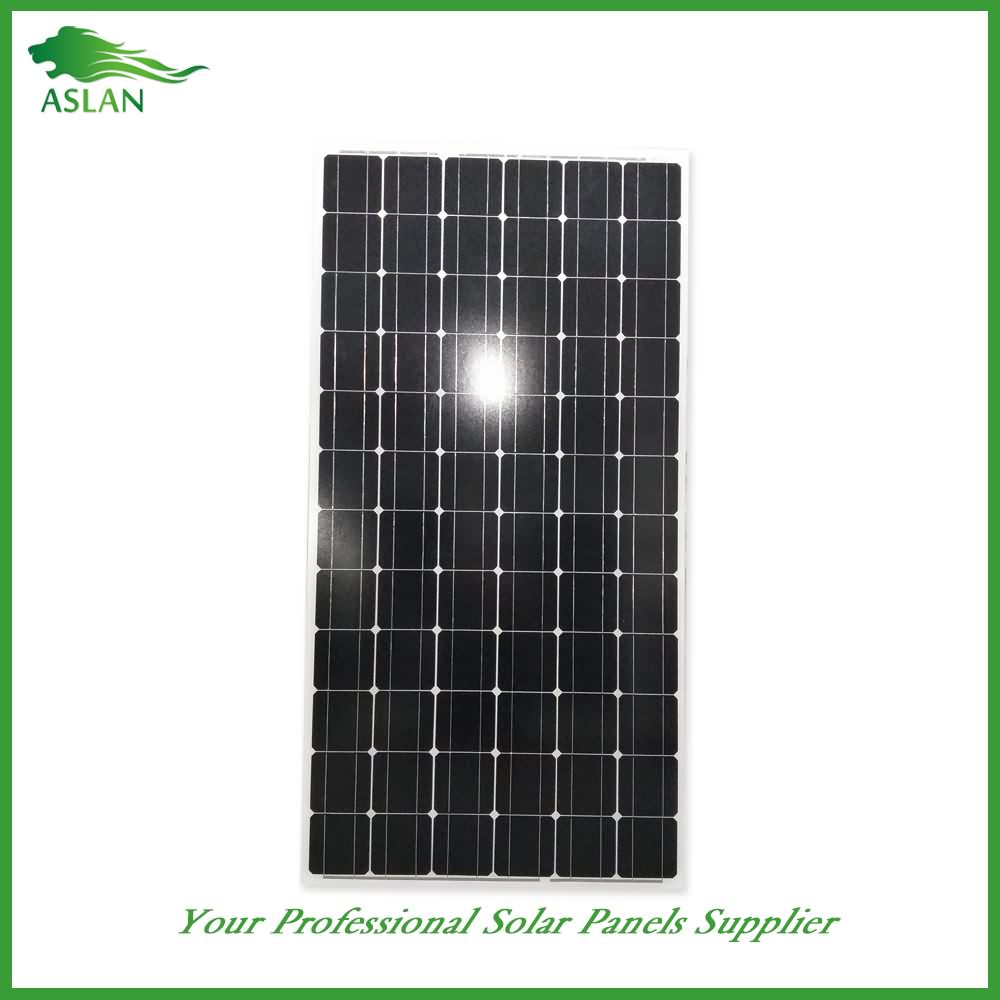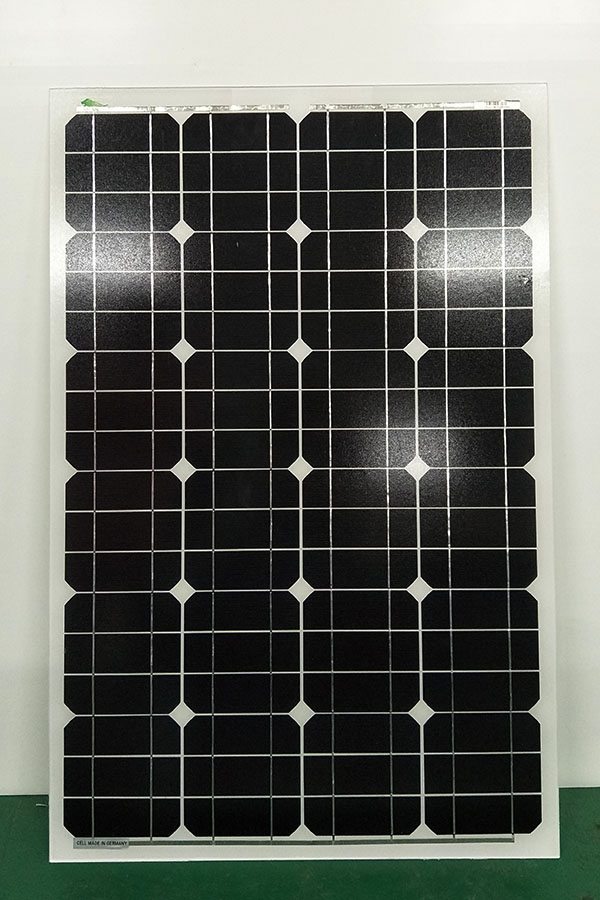China New Product Mono-Crystalline 150W Solar Panel Colombia Factories
Short Description:
"Sincerity, Innovation, Rigorousness, and Efficiency" is the persistent conception of our company for the long-term to develop together with customers for mutual reciprocity and mutual benefit for China New Product Mono-Crystalline 150W Solar Panel Colombia Factories, Our tenet is 'Reasonable prices, efficient production time and best service .' We hope to cooperate with more customers for mutual development and benefits.
Mono-Crystalline 150W Solar Panel
Technical parameter
Maximum Power(W) 150W
Optimum Power Voltage(Vmp) 17.92V
Optimum Operating Current(Imp) 7.83A
Open Circuit Voltage(Voc) 21.86V
Short Circuit Current(Isc) 8.59A
Mechanical Characteristics
Cell Type Monocrystalline 156x156mm (6 inch)
No of Cell 36 (4x9pcs)
Dimensions 1485x668x35mm
Weight 11.6KGS
Front Glass 3.2mm,High Transmission, Low Iron,Tempered Glass
Junction box IP65 Rated
Output Cable TUV 1×4.0mm2/UL12AWG,Length:900mm
Temperature and Coefficients
Operating Temperature(°C): -40°C ~ + 85°C
Maximum System Voltage: 600V(UL)/1000V(IEC) DC
Maximum Rated Current Series: 15A
Temperature Coefficients of Pmax: -0.435%
Temperature Coefficients of Voc: -0.35%
Temperature Coefficients of Isc: 0.043%
Nominal Operationg Cell Temperature (NOCT): 47+/-2°C
Materials of solar panel
1).Solar Cell——Mono-crystalline solar cell 156*156mm
2).Front Glass——-3.2mm, high transmission, low iron, tempered glass
3).EVA——-excellent anti-aging EVA
4).TPT——-TPT hot seal made of flame resistance
5).Frame——anodized aluminum profile
6).Junction Box——-IP65 rated, high quality, with diode protection
Superiority: high quality anodized aluminum frame, high efficiency long life, easy installation, strong wind resistance, strong hail resistance.
Features
1. High cell efficiency with quality silicon materials for long term output stability
2. Strictly quality control ensure the stability and reliability, totally 23 QC procedures
3. High transmittance low iron tempered glass with enhanced stiffness and impact resistance
4. Both Polycrystalline and Mono-crystalline
5. Excellent performance in harsh weather
6. Outstanding electrical performance under high temperature and low irradiance
Quality assurance testing
Thermal cycling test
Thermal shock test
Thermal/Freezing and high humidity cycling test
Electrical isolation test
Hail impact test
Mechanical, wind and twist loading test
Salt mist test
Light and water-exposure test
Moist carbon dioxide/sulphur dioxide
http://thebushcompany.net
This set of 200W folding solar panels from The Bush Company are an outstanding solution to the need for effective and efficient portable solar power for your camping and touring set up.
These panels are built with Sunpower Solar Cells; “SUNPOWER” are world famous producing extremely high efficiency solar cells with excellent shade tolerance. The panels are monocrystalline with full copper backing. this means that they are not only flexible but also incredibly durable and will even keep working if you ‘accidentally’ put a hole right through one of the panels. When folded they are only 560mm by 570mm and the total weight is only 4.85Kg which is perfect for carrying in your 4WD, caravan or camper trailer.
The panels are rated with a peak output of 11.5Amps, but we have seen these panels produce over 13Amps in optimum conditions. Maximum output is governed by many factors such as temperature, available light and the state of charge of the batteries connected to it.
Head over to the The Bush Company website to find out more about these awesome 200W solar panels.
UNSW School of Photovoltaic and Renewable Energy Engineering
Advanced optoelectronic tools to interrogate solution-processed solar cells
Andrew Telford
Imperial College London
To view complete with slides:
http://www2.pv.unsw.edu.au/videos/Andrew-Telford-24February2017/
To view additional seminars:
https://www.engineering.unsw.edu.au/energy-engineering/public-research-seminars
Homepage: http://www.pv.unsw.edu.au
ABSTRACT:
Organic and hybrid organic-inorganic thin films are attracting increasing attention due to their great potential for applications in a range of optoelectronic devices, such as solar cells and light-emitting diodes (LEDs). The ability to prepare films from solution, and at relatively low temperatures, allows the fabrication of devices that can be flexible, semi-transparent and light-weight. These properties can enable the integration of solar cells and LEDs in buildings, cars, clothing and more, as well as the development of foldable electronics.
In this talk, I will discuss the use of advanced optoelectronic techniques in understanding some major challenges in the development of two main types of solution-processed systems: polymer:fullerene bulk heterojunction solar cells and hybrid organic lead-halide perovskite solar cells. Firstly, I will introduce a new technique based on transient photovoltage spectroscopy, and show how we used it to shed light on the mechanism of current-voltage hysteresis in methylammonium lead iodide perovskite solar cells. Specifically, why hysteresis is so dependent on device structure. Secondly, I will discuss the combination of electroluminescence, transient photovoltage spectroscopy, sub-band-gap external quantum efficiency and space-charge-limited-current measurements to identify the formation of electron trap states in PCDTBT:PCBM solar cells. This study points at the fullerene as the weak link in the photo-degradation of polymer:fullerene devices, offering a guideline for the development of more stable solar cells.
SHORT BIOGRAPHY:
Dr Andrew Telford is a materials chemist with solid experience in the design and fabrication of polymeric and inorganic micro- and nano-architectures. He is currently a Junior Research Fellow at the Department of Physics, Imperial College London. Andrew completed his B.Sc. (Chemistry) at the University of Siena (Italy) in 2004, and his M.Sc. (Environmental and Cultural Heritage Chemistry) at the University of Florence (Italy) in 2007. He obtained his PhD in Science (Chemistry) from the University of Sydney (Australia) in 2012. His PhD research focussed on the modification of solid thin films to produce coatings with tailored properties. Specifically, bio-compatible coatings for the integration of biological and non-biological materials (e.g. for medical implants) and water-repellent paints.
The skills he acquired on the fabrication and characterisation of complex thin films were instrumental in approaching the field of renewable energy technologies. His current work at Imperial College London focuses on the development of new thin-film solar cells and light-emitting devices, primarily processed from solution. His work also involves the development of advanced optoelectronic probes to study solution-processed devices.
